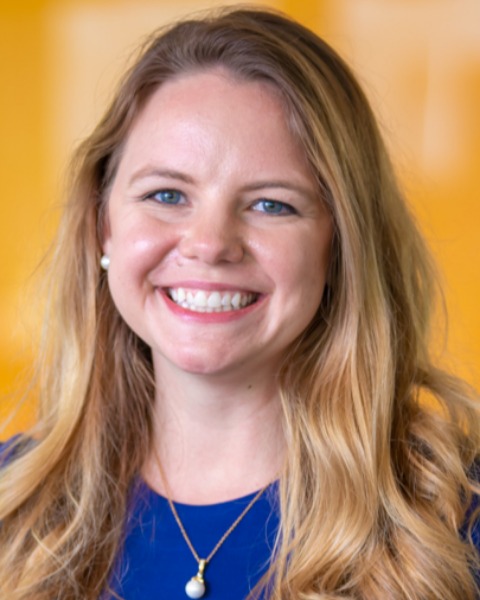Medical Education
Session: Medical Education 10
517 - Creating the cTEAM: A Hospital Medicine Teaching Program at University-Affiliated Regional Hospitals
Monday, May 6, 2024
9:30 AM - 11:30 AM ET
Poster Number: 517
Publication Number: 517.2988
Publication Number: 517.2988

Shelby Lemke, MD (she/her/hers)
Assistant Professor
Children's Hospital Colorado/University of Colorado
COLORADO SPRINGS, Colorado, United States
Presenting Author(s)
Background: Teaching, direct observation, and feedback are essential for learner growth and competency-based education. Such tasks can be challenging for providers to accomplish due to patient care and conflicting responsibilities. A local needs assessment revealed a deficit of these tasks along with inadequate learner orientation to our hospital medicine units. We subsequently created a teaching program to enhance the education of our learners from community-based training programs and their readiness for rotation at our clinical sites.
Objective: To develop, implement, and evaluate a pediatric hospital medicine (PHM) teaching program at our university-affiliated regional hospitals using an Outcomes-Based Logic Model
Design/Methods: We previously developed a teaching program known as Teaching Excellence Among Medical providers (“TEAM”) at our affiliated quaternary care hospital. We adapted this program to implement the “Community TEAM” known as “cTEAM” for our inpatient and nursery units at two university-affiliated regional hospitals. cTEAM was piloted from October-December 2022 and fully implemented in January 2023. Eight hospitalists were selected as cTEAM members; they work 4-5 cTEAM shifts per quarter and lead a variety of educational activities (Figure 1).
Evaluation of the program consisted of 1) an electronic tool that tracks cTEAM’s work; 2) survey of learners regarding their experiences with cTEAM; 3) basic interpretative qualitative analysis of open-ended survey comments by 3 hospitalists.
Results: Between January and October 2023, 42 cTEAM shifts were completed during which cTEAM led 33 small group teaching sessions for 58 learners, directly observed and provided feedback to 63 learners, and submitted 18 written evaluations. 50% of shifts included orienting learners to the inpatient or nursery units.
Survey results demonstrated positive learner response to the program; 100% of learners report cTEAM contributed “very much” or “somewhat” to their educational experience (Figure 2). Qualitative analysis of learner comments revealed that learners perceive the most beneficial outcomes of cTEAM to include individualized observations and feedback, the presence of an additional educator, and dedicated time for teaching (Figure 3).
Conclusion(s): We successfully developed, implemented, and completed preliminary evaluation of a teaching program at two regional hospitals, highlighting the value of a dedicated teaching hospitalist for learners from community-based programs. Next steps include further analysis of outcomes to inform program improvement and evaluation of the program’s impact on our faculty.
